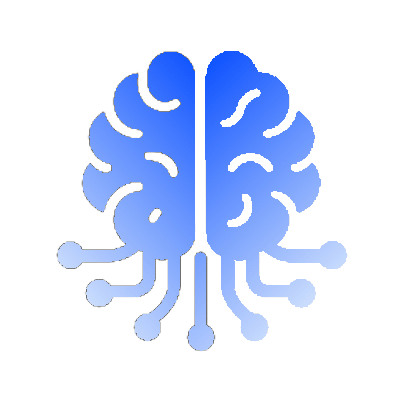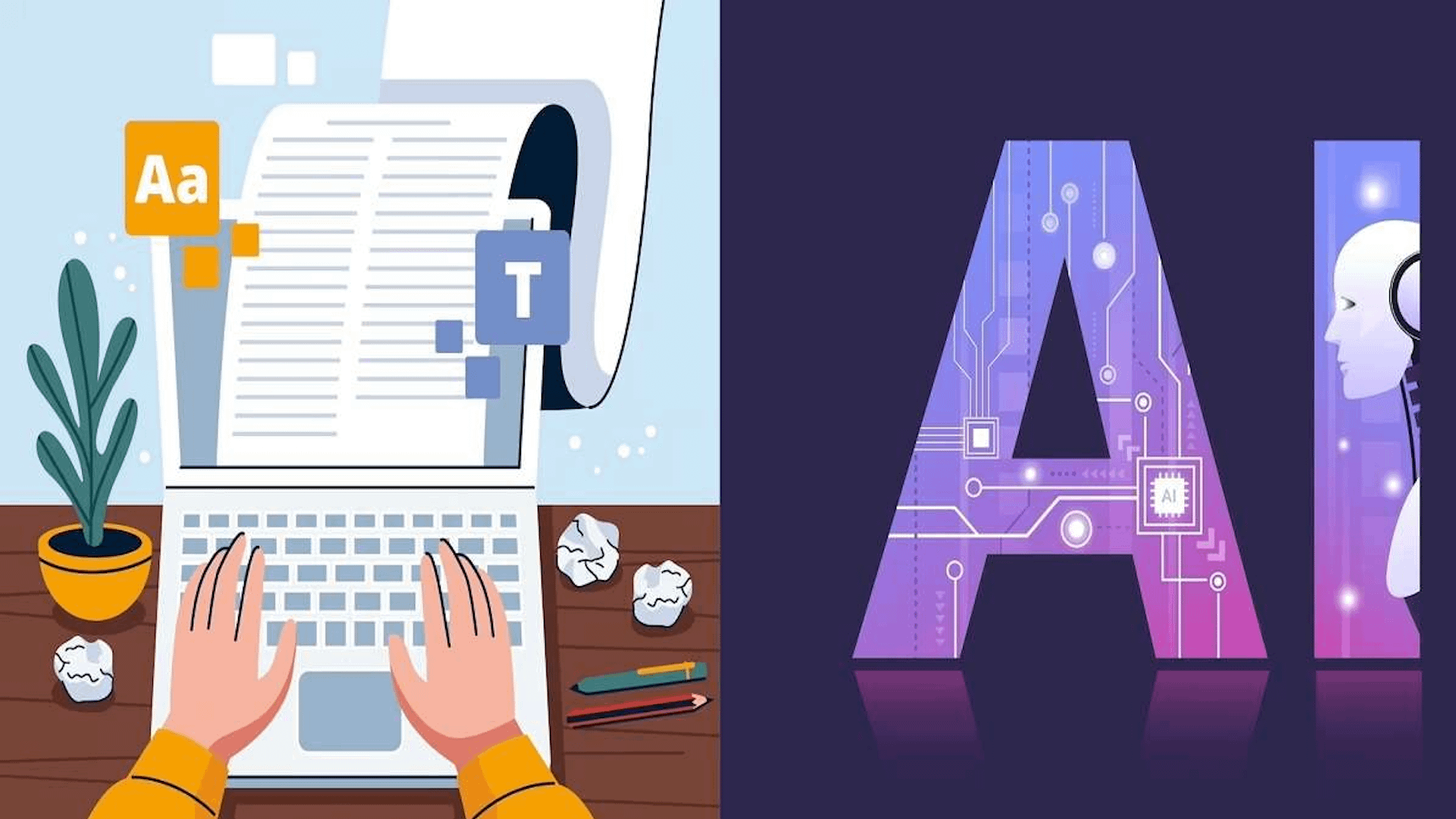- Key ways students use AI
- Benefits and risks of AI for students
- Preparing students for the AI-driven business world
- Conclusion
Artificial Intelligence (AI) isn’t just transforming the workplace—it’s reshaping the classroom too. For business students, AI tools are becoming essential companions in learning, research, and career preparation. Instead of relying only on traditional textbooks and lectures, students now have access to intelligent assistants that can answer questions instantly, visualize data, and even help build business models.
The rise of AI in education isn’t about replacing human thinking—it’s about augmentation. Business students who embrace AI are finding themselves better equipped for an increasingly digital economy, where automation and data-driven decision-making are the norm. This shift also raises important conversations around ethics, academic integrity, and the balance between convenience and critical thinking.
Key ways students use AI
1. Research and writing assistance
One of the most common ways students integrate AI into their studies is through research and writing. Tools like ChatGPT, Claude, or Jasper AI can generate essay outlines, suggest citations, and even rephrase difficult concepts into simpler language. Business students often face tight deadlines, with multiple assignments and group projects happening at once. AI helps them cut through the noise by providing quick summaries of complex articles or generating draft sections of reports.

This doesn’t mean students can copy-paste AI outputs directly—universities are increasingly aware of AI plagiarism. Instead, the most effective approach is treating AI like a brainstorming partner: a way to generate rough drafts, clarify complex financial theories, or refine sentence flow. By using AI responsibly, students save time and focus more on critical analysis and original thought.
2. Data analysis and business simulations
In business programs, data skills are as important as financial literacy. AI-powered analytics platforms like Tableau with AI, Power BI, and even Excel Copilot help students visualize large datasets, discover patterns, and generate insights faster than manual methods.
For example, a finance student might use AI to simulate investment portfolios or forecast market trends, while a marketing student could apply AI to predict consumer behavior. Many business schools also introduce AI-driven simulations where students act as CEOs, making strategic decisions based on real-time, AI-generated market data. These exercises bridge theory and practice, preparing students for actual boardroom scenarios.
By working with these tools during their studies, students build data literacy that directly translates to modern business careers—whether in consulting, investment banking, or entrepreneurship.

Source: Tableau
3. Presentation and communication tools
Business education often emphasizes communication—pitching ideas, presenting data, and persuading stakeholders. AI-powered design platforms like Canva Magic Studio, Beautiful.ai, or Tome allow students to create sleek presentations without advanced graphic design skills.
For example, when tasked with pitching a startup idea, students can use AI to generate slide layouts, icons, and even narrative flow suggestions. This saves hours of manual formatting while ensuring the final presentation looks professional. In group projects, AI can also help generate talking points or suggest persuasive phrasing for pitches, giving students an edge in competitions and mock boardroom scenarios.
These tools prepare students for real-world expectations, where polished communication often makes the difference between winning an investor and losing attention.
4. Language and global collaboration
Business is global, and so is education. Many business programs encourage international collaboration, pairing students across continents. AI translation tools such as DeepL, Google Translate, and even real-time captioning services powered by AI break down language barriers.
For example, a student in Spain working with a partner in South Korea can use AI to translate business case studies instantly or even hold meetings with live AI subtitles. This not only makes collaboration smoother but also gives students firsthand experience working in multicultural teams—the same kind of environments they’ll encounter in multinational corporations.
Moreover, AI-driven writing assistants can help non-native English speakers fine-tune their essays and reports, ensuring they communicate ideas clearly without being penalized for grammar. This inclusivity ensures that innovation is not lost in translation.
Benefits and risks of AI for students
Benefits:
- Efficiency: Students can complete tasks like drafting essays, creating visuals, or analyzing data in a fraction of the time.
- Enhanced Creativity: AI often sparks new perspectives students might not consider on their own.
- Workplace Readiness: Students graduate already familiar with tools used in modern companies.
- Global Access: Translation and collaboration tools make education more inclusive.
Risks:
- Over-Reliance: Students may lean too heavily on AI, reducing critical thinking skills.
- Academic Integrity: Universities are still grappling with how to handle AI-assisted assignments.
- Inaccuracies: AI can “hallucinate,” producing false or misleading information if unchecked.
- Ethical Dilemmas: Students must learn to navigate questions about fairness, bias, and responsible AI usage.
Ultimately, AI is like a calculator for the mind—it can speed things up, but only if the user understands the fundamentals. For a more in depth opinion of AI in education and it’s future, we suggest this video, by Sal Khan, American educator and the founder of Khan Academy.
Preparing students for the AI-driven business world
AI is not just a tool for school—it’s a tool for life. Business students who familiarize themselves with AI now are getting a head start on workplace realities. Many industries—finance, marketing, logistics, and consulting—already rely on AI for decision-making. By experimenting with AI in the classroom, students develop adaptability, problem-solving, and technical literacy.
Universities are catching on as well. A Harvard Business Review article highlights how business schools are beginning to integrate AI literacy courses into their curricula, ensuring students don’t just know how to use AI tools but also how to evaluate their risks and applications responsibly (source).
This shift reflects a broader truth: the next generation of leaders won’t just use AI—they’ll be expected to strategize with it.
Conclusion
AI is more than just a study aid—it’s a career accelerator. For students in business education, it represents an opportunity to build skills that align with the demands of a data-driven economy.
The most successful students won’t be those who avoid AI out of fear or those who misuse it as a shortcut. Instead, they’ll be the ones who understand its strengths, acknowledge its weaknesses, and integrate it into their workflow with responsibility and creativity.
By mastering AI today, students aren’t just preparing for exams—they’re preparing for leadership roles in the businesses of tomorrow.


Leave a Reply